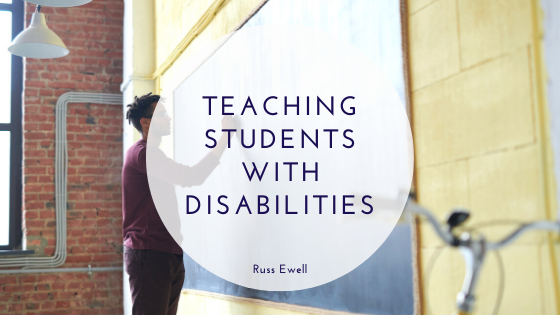Every type of teacher plays a crucial role in their students’ lives and should consider it an opportunity to instruct all different types of people. When working with children with disabilities, there is a unique set of challenges that come with the job. It might be worthwhile to learn about certain accommodations and modifications that can be used to make things smoother and more understood all-around.
Please always keep in mind that the differences and discrepancies in learning or general comprehension between students are not indicators of overall intelligence. People have various types of strengths that aren’t always adequately measured by the standardized testing process and the general public school grading system. Every student has a unique learning potential, and a teacher’s job is to find the best way to communicate individually.
In general, here are a few overall tips that are helpful for all teachers having the opportunity to educate children with disabilities:
- Provide Oral Instructions.
Written instructions may be difficult to understand in some cases and can lead to difficulty. Oral instructions are easier for those who have low reading comprehension. - Give Frequent and Specific Feedback.
Students with disabilities respond well to feedback and progress checks. Check-in and let them know how they are doing with specific praise. Instead of general “good work” comments, try to make them apply directly to the activities at hand, such as: “Good work following instructions and placing all the green tiles together.” - Keep Activities and Lessons Short and Concise.
It can be frustrating for students with disabilities to follow along through multiple levels of instructions and actions. Take breaks when needed by following their cues. - Keep it Simple.
Refrain from using abstract examples and terms. Keep concepts literal whenever possible. When in doubt, focus on the senses, and bring it back to things they can see, touch, hear, smell or taste. - Plan for Cooperative Activities.
Students with disabilities, and in fact all students, benefit from practicing activities where everyone comes together for a common goal or outcome.
There are lots of resources online and via the Education Department to gather, learn and utilize even more tips and strategies for your classroom. Good luck, and happy teaching!

